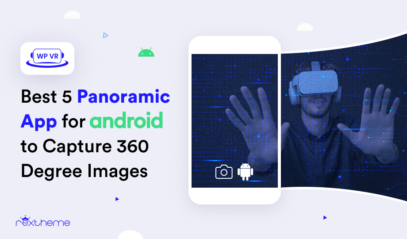Would you trust a blueprint to sell your vision?
I would maybe 20 years ago, but nowadays paper isn’t really something everyone is comfortable using.
2D drawings and static 3D renders may look good on paper, but they don’t always give the complete picture. Clients often find it hard to imagine the space, scale, and design details, leading to confusion, costly changes, and missed opportunities.
Now, imagine walking through a building before it’s even built. That’s the power of VR in architecture.
Instead of just looking at floor plans, architects, clients, and developers can actually walk through the design. They can explore every detail and make changes on the spot—before any construction even starts.
In fact, according to Enscape, 9 out of the 20 major architectural firms worldwide now use VR in their design processes.
In this guide, I’ll break down how Virtual Reality in architecture is transforming, its biggest benefits, and why it’s shaping the future of design.
What Is Virtual Reality in Architecture?
VR in architecture lets you step inside a design before a single brick is laid.
Instead of using blueprints or 3D models, you can explore a digital version of the building, walk through rooms, see materials up close, and better understand the space.
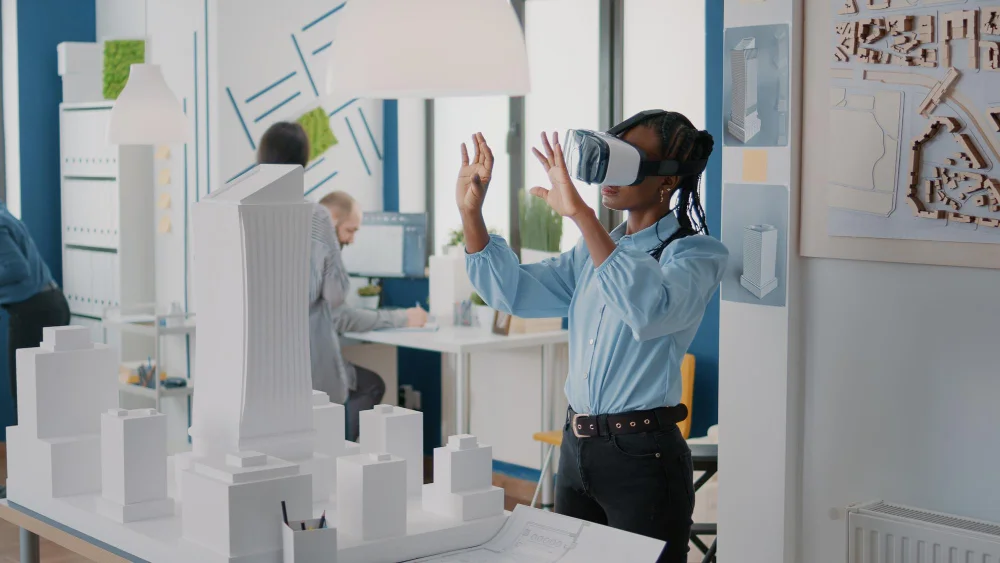
This technology isn’t just about visualization—it helps you refine designs in real time.
Architects and designers can test layouts, adjust lighting, or swap materials instantly, making the decision-making process faster and more accurate.
Clients can experience projects firsthand, giving clear feedback early on, which reduces misunderstandings and costly revisions.
Let’s have a detailed look at how VR is transforming the architectural design.
How VR Is Transforming Architectural Design
If you’ve ever struggled to fully visualize a design from a flat blueprint or a static 3D render, you’re not alone.
Traditional methods can only show so much, which often leads to misunderstandings and last-minute changes. But with VR, that’s no longer a problem.
Now, you can step inside a design before it’s built, explore every detail, and make adjustments in real-time.
This shift is changing the way architects work, making the entire process more interactive and precise.
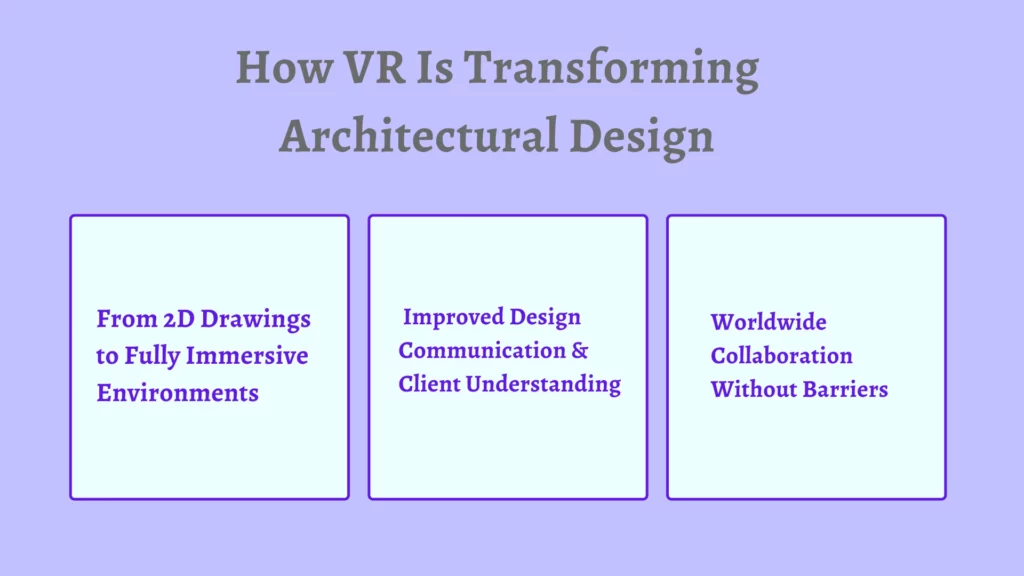
i. From 2D Drawings to Fully Immersive Environments
For a long time, 2D drawings and 3D models were the go-to for architects. But as you’ve probably noticed, these tools have limitations when it comes to visualizing a space.
With VR, you can actually experience the design as if it were already built.
No more trying to guess how a space feels by looking at a flat image. Now, you can walk through the design in real-time, see how rooms flow together, and even get a sense of how natural light changes throughout the day.
This kind of immersion allows you to spot issues early on and make changes on the fly—leading to a more accurate and efficient design process. That’s why more firms are investing in VR for architecture.
ii. Improved Design Communication & Client Understanding
And it’s not just about architects, it’s about making the whole process easier for everyone involved. When clients, designers, and construction teams can fully experience a space before it’s built, things just run smoother.
Here’s how:
- Clients feel more confident—Instead of trying to interpret technical drawings, they can walk through their future home, office, or building and give real-time feedback.
- Architects can show, not just tell—Scale, materials, and lighting aren’t left to the imagination anymore. Everything is presented exactly as it will be.
- Fewer miscommunications—Teams can spot potential problems early, reducing costly errors and last-minute changes.
- Faster decision-making—Instead of waiting for multiple revisions, adjustments can be made instantly within the virtual model.
- Smoother approvals—Stakeholders can see exactly what they’re signing off on, leading to fewer surprises later.
iii. Worldwide Collaboration Without Barriers
Another major advantage is that VR makes remote collaboration effortless.
Whether your team is spread across different cities or even countries, architects, engineers, and contractors from all over the world can meet inside the same virtual space, discuss the design in real-time, and make necessary adjustments—without having to be in the same room.
No more back-and-forth emails or misinterpretations over a Zoom call—everyone sees the same thing, at the same time.
This kind of real-time interaction speeds up workflows, keeps projects on track, and ensures that every detail is aligned before construction begins.
Whether you’re reviewing a design with a client or coordinating with engineers on the other side of the world, VR makes it feel like you’re all in the same room.
Benefits of VR in Architecture
As we’ve seen, VR is revolutionizing how architects work, from design to collaboration.
But beyond its ability to enhance the design process, VR also brings real benefits when it comes to saving costs and improving efficiency.
i. Reduced Costs in Early Project Stages
One of the most significant advantages of VR is the ability to catch design mistakes early on—before construction even begins. When you can step into the design in a virtual space, you’re able to spot potential issues that might not be obvious in traditional plans or models.
This early detection can prevent costly rework later on.
Additionally, using VR reduces the need for physical models and multiple rounds of design revisions. You can make changes instantly, saving both time and money that would otherwise go into recreating models or redoing physical mock-ups.
ii. Safer Construction Sites & Reduced Risk
Another way VR is making an impact is by improving safety on construction sites. VR allows workers to experience simulated environments, helping them get familiar with the project layout and potential hazards—before they even step onto the actual site.
By using VR for training, workers can practice navigating the space in a risk-free environment. This hands-on experience means they’ll be better prepared when it comes to real-world situations, reducing the chances of accidents.
VR also helps identify hazards that could be missed in a traditional plan, allowing you to address them before construction begins.
iii. Enhancing Design with Sustainability Features
In today’s world, sustainable design is more important than ever. VR makes it easier for architects to integrate eco-friendly solutions into their projects. Here’s how:
- Natural lighting: You can simulate how natural light will fill the space, optimizing energy efficiency and reducing the need for artificial lighting.
- Ventilation: VR helps you experiment with ventilation designs to minimize heating and cooling costs, making the building more energy-efficient.
- Sustainable materials: You can test different materials in the virtual space to see how they impact energy use and environmental sustainability.
- Energy-efficient layouts: By testing layouts in a virtual environment, you can identify designs that reduce energy consumption, further contributing to a building’s sustainability.
With VR, architects can ensure that sustainable features are seamlessly integrated into the design, making it easier to create energy-efficient and eco-friendly buildings.
Real-World Applications of VR in Architecture
Now that we’ve explored the benefits of VR in architecture, let’s dive into how it’s being applied by some of the leading firms and organizations in the industry.
These VR in architecture examples showcase how top companies are leveraging immersive technology to enhance design, collaboration, and efficiency.
1. Foster + Partners – Using VR for Design & Concept Development
Foster + Partners has been at the forefront of integrating VR into the design process.
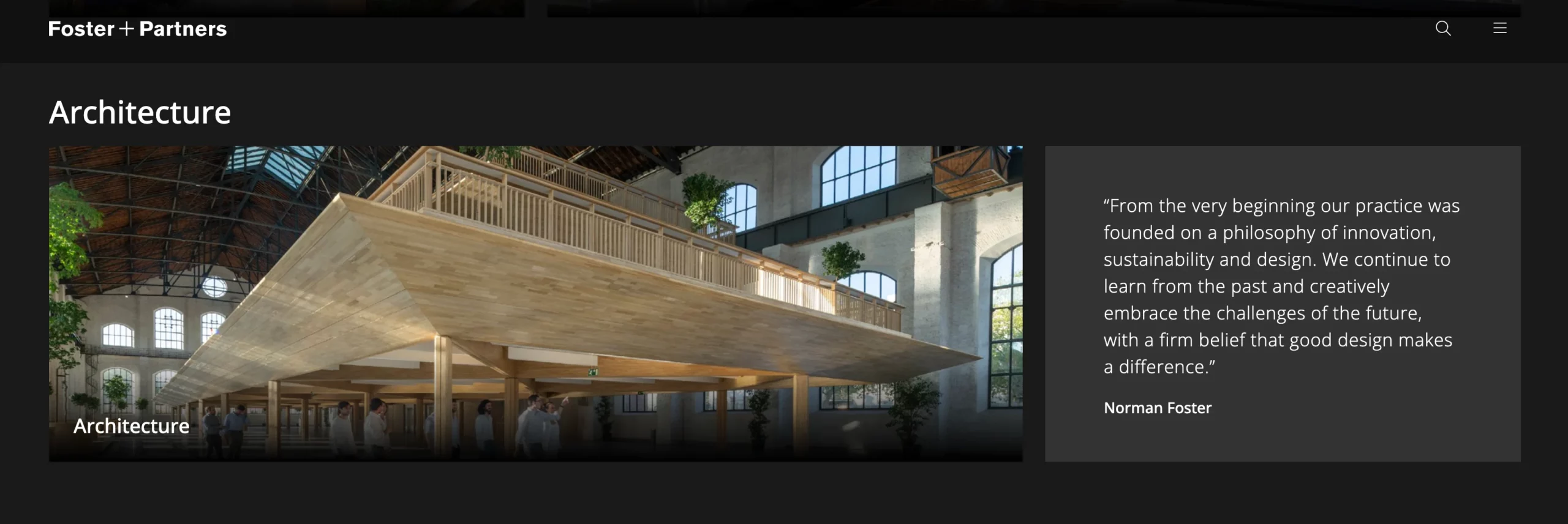
They used VR simulations when designing Apple Park, the headquarters for Apple, allowing their architects to step into the design before construction started.
This immersive experience helped them experiment with spatial layouts, lighting, and circulation patterns in real time.
By using VR early in the process, they were able to refine their designs, ensuring precision and spotting potential issues—such as structural concerns—long before breaking ground. This approach improved the overall quality of their design, leading to a smoother construction process.
2. Skanska – Using VR to Present Large-Scale Infrastructure Projects
Skanska, a global construction firm, uses VR to present large-scale infrastructure projects, making it easier for investors and city planners to visualize the scope of these developments.
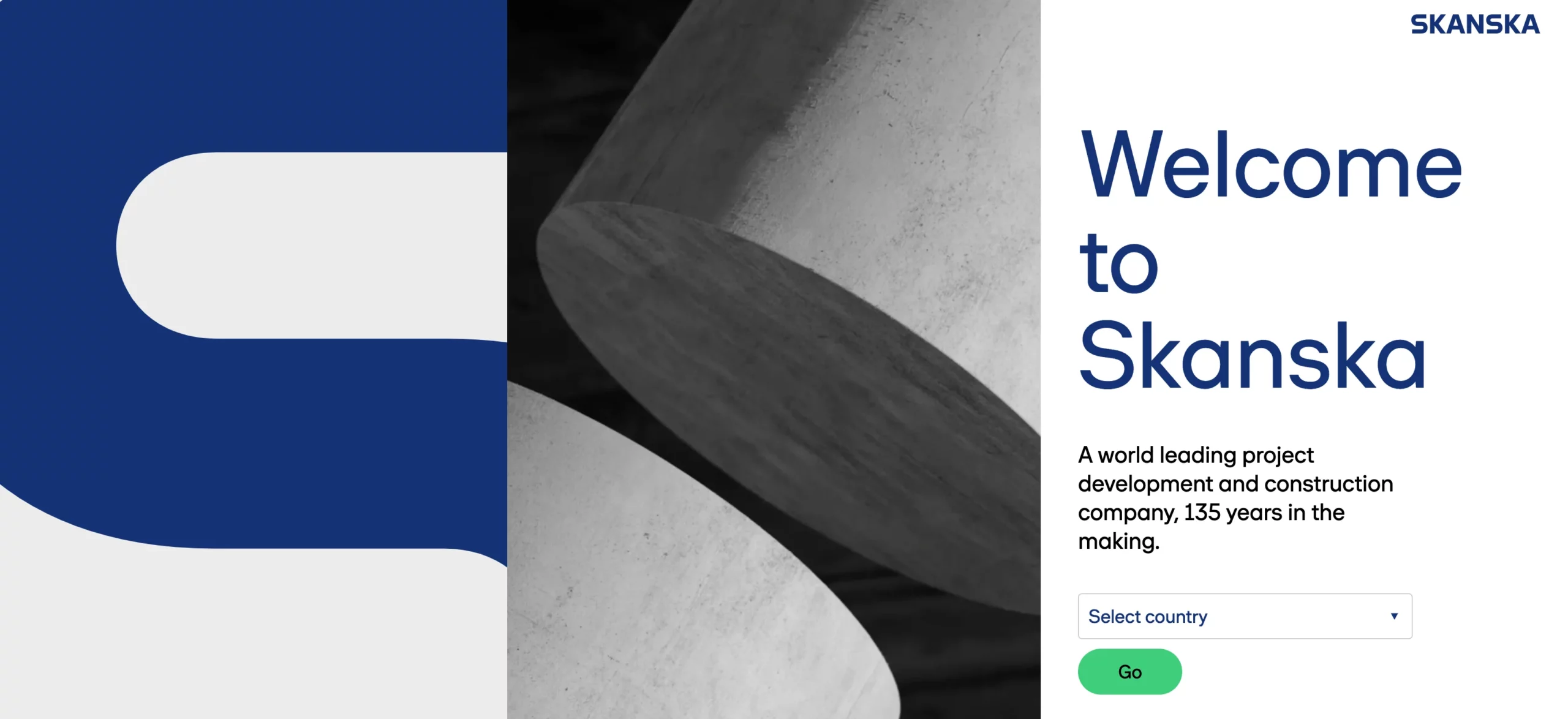
For example, they used VR to present urban infrastructure projects to stakeholders, letting them walk through the proposed site before any construction began.
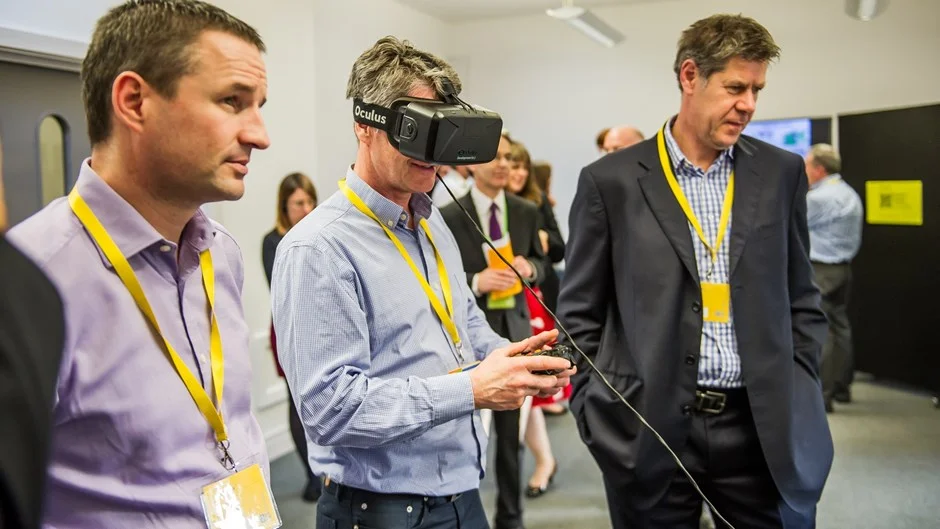
This approach has proven valuable for investors, helping them make faster and more informed decisions. It also improved project approvals by demonstrating the feasibility and design of complex projects in a more engaging way.
3. BIG (Bjarke Ingels Group) – Enhancing Global Collaboration with VR
BIG, an internationally renowned architecture firm, uses VR to connect their global teams and enhance collaboration.

Architects, engineers, and clients can now meet in a shared virtual space, where they can provide real-time feedback on designs and make adjustments on the spot.
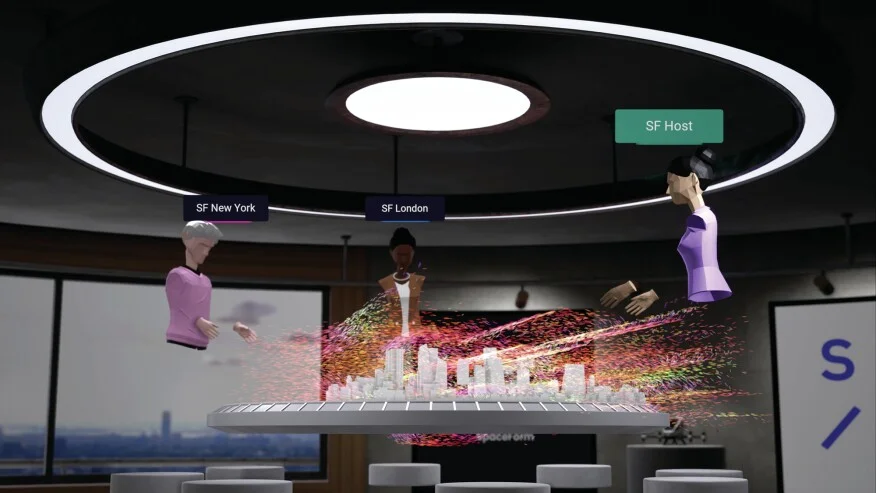
This virtual collaboration has helped reduce the need for expensive, time-consuming in-person meetings, accelerating project timelines and improving communication between offices located around the world.
How Architects & Designers Can Easily Implement VR on WordPress
As I’ve discussed, VR is making a strong impact in architecture, and it’s easier than ever to use these tools for your site. With the right technology, you can offer virtual tours that allow clients and investors to explore your designs without having to visit in person.
With the right VR tools, you can embed virtual tours directly on your WordPress site. This gives clients the ability to explore your architectural projects from anywhere, helping them engage with your work and build trust before starting any projects.
One tool that makes this easy is WPVR. It lets you create interactive virtual tours on your WordPress site without complicated setup. WPVR lets you showcase property tours and design presentations that clients can explore from any device.
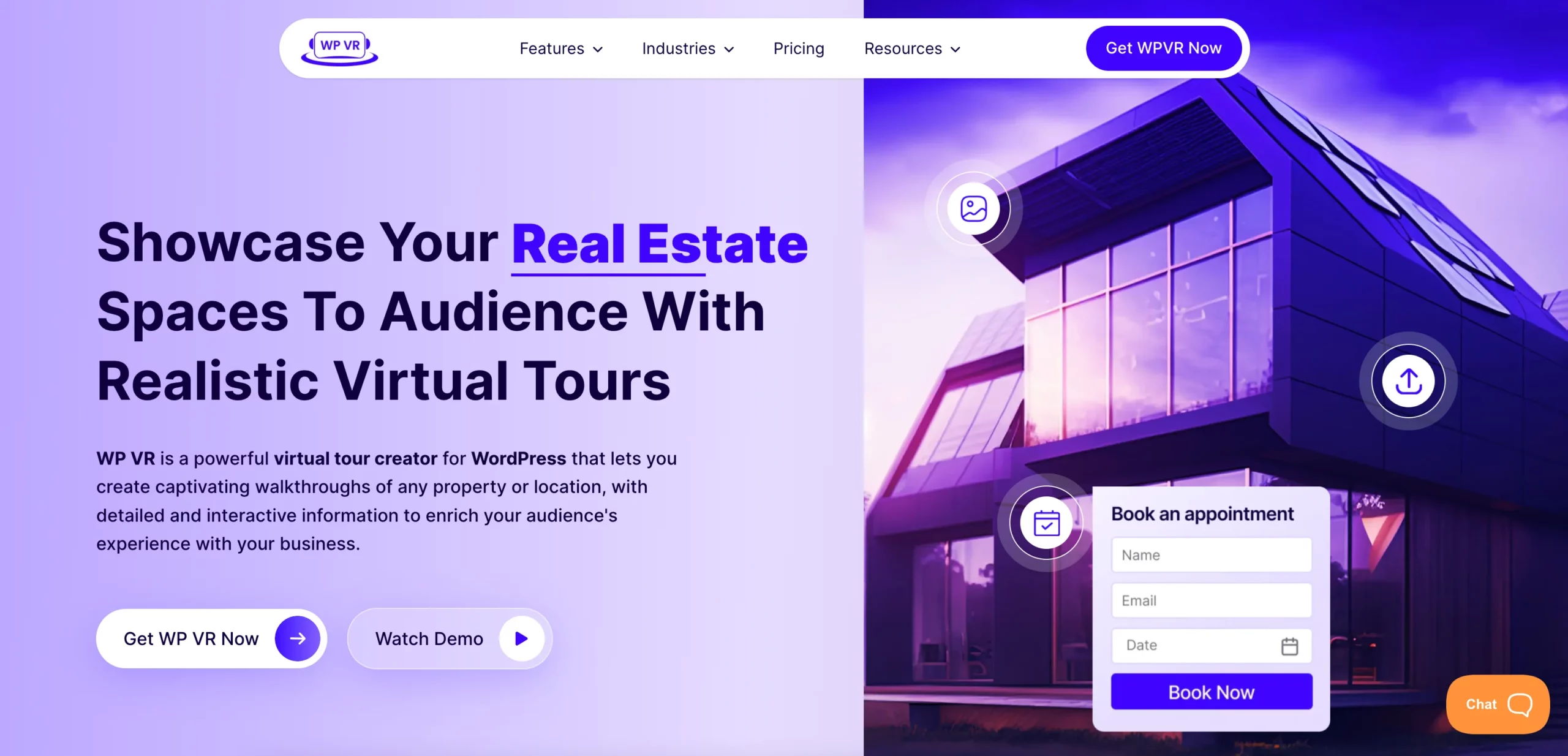
By using WPVR, you can provide a more engaging way for clients to view your designs. It’s a simple solution that helps you present your work effectively and stay competitive in the industry.
Is Architectural Virtual Reality the Future?
Virtual Reality is quickly becoming an essential tool in architecture, and it’s changing how architects approach design and construction.
With VR, you can now create more accurate designs, spot potential issues before construction begins, and engage clients in ways that were previously impossible. As VR technology continues to improve, it will only get more realistic and effective, making it an even more valuable tool for architects like you.
So, you can say the future of architecture is undoubtedly linked to VR. With advancements in both hardware and software, VR will offer more lifelike simulations, giving you the ability to test every aspect of a design.
This means you’ll be able to make faster, more informed decisions while improving your clients’ experience.
If you’re looking to integrate VR into your workflow, check out
FAQs
How is technology transforming building design?
Technology like VR in architecture allows architects to create immersive 3D models, improving visualization and client collaboration.
What are the benefits of 3D visualization in architecture?
Using VR for architecture, designers can explore spaces in real-time, making modifications before construction begins.
How do architects present designs to clients more effectively?
With VR in architecture, clients can take virtual walkthroughs of projects, experiencing layouts and materials before approval.
Are there real-world applications of immersive technology in design?
Many firms now use VR in architecture examples, such as virtual tours and interactive urban planning, to enhance project presentations.
Can VR improve the accuracy of architectural projects?
Yes, VR for architecture helps detect design flaws early, reducing costly errors and ensuring a smoother construction process.






![Virtual Reality In Architecture: The Innovative Future of Immersive Design [2025]](https://rextheme.com/wp-content/uploads/2025/03/Virtual-Reality-In-Architecture.png)


